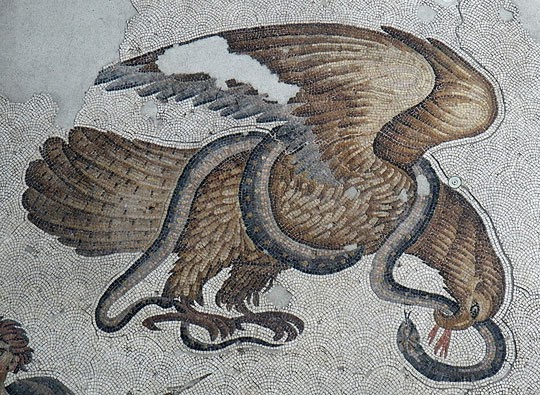Ceramic Tiles
If there was one subject that summed up today's sights, it would be the incredible beauty of the ceramic tiles and mosaics used in Istanbul -- from Byzantium to Constantinople to Istanbul. Ceramics ties it all together.
The oldest tiles we saw were those in the Mosaic Museum, which preserves mosaic floors and walls from the Great Palace of the Byzantine Emperors, and date from the 5th Century. The structure was discovered in the 1930s and were extensively restored in the1970s.
 |
| Many of the mosaic figures are from mythology and show quite a bit of violence and blood. |
The mosaics in the Ayasofya are the next oldest -- see Part 4 for photos.
Topkapi Palace is filled with tiled walls, ceilings, and floors. Here is a sampling from the harem.
The Archaeological Museums have a whole building, the Cinili Kiosk devoted to ceramics. The building itself is an example of a structure that was entirely clad, inside and out, with tiles.
Contemporary with these ceramics are the tiles in the Blue Mosque -- see Part 7 for photos.
The most modern mosaics were found in an exhibition in the Archaeological Museums -- 20th Century replicas of 5th and 6th Century mosaics found in Ravenna, Italy.
Topkapi Palace is filled with tiled walls, ceilings, and floors. Here is a sampling from the harem.
The Archaeological Museums have a whole building, the Cinili Kiosk devoted to ceramics. The building itself is an example of a structure that was entirely clad, inside and out, with tiles.
Contemporary with these ceramics are the tiles in the Blue Mosque -- see Part 7 for photos.
The most modern mosaics were found in an exhibition in the Archaeological Museums -- 20th Century replicas of 5th and 6th Century mosaics found in Ravenna, Italy.





No comments:
Post a Comment